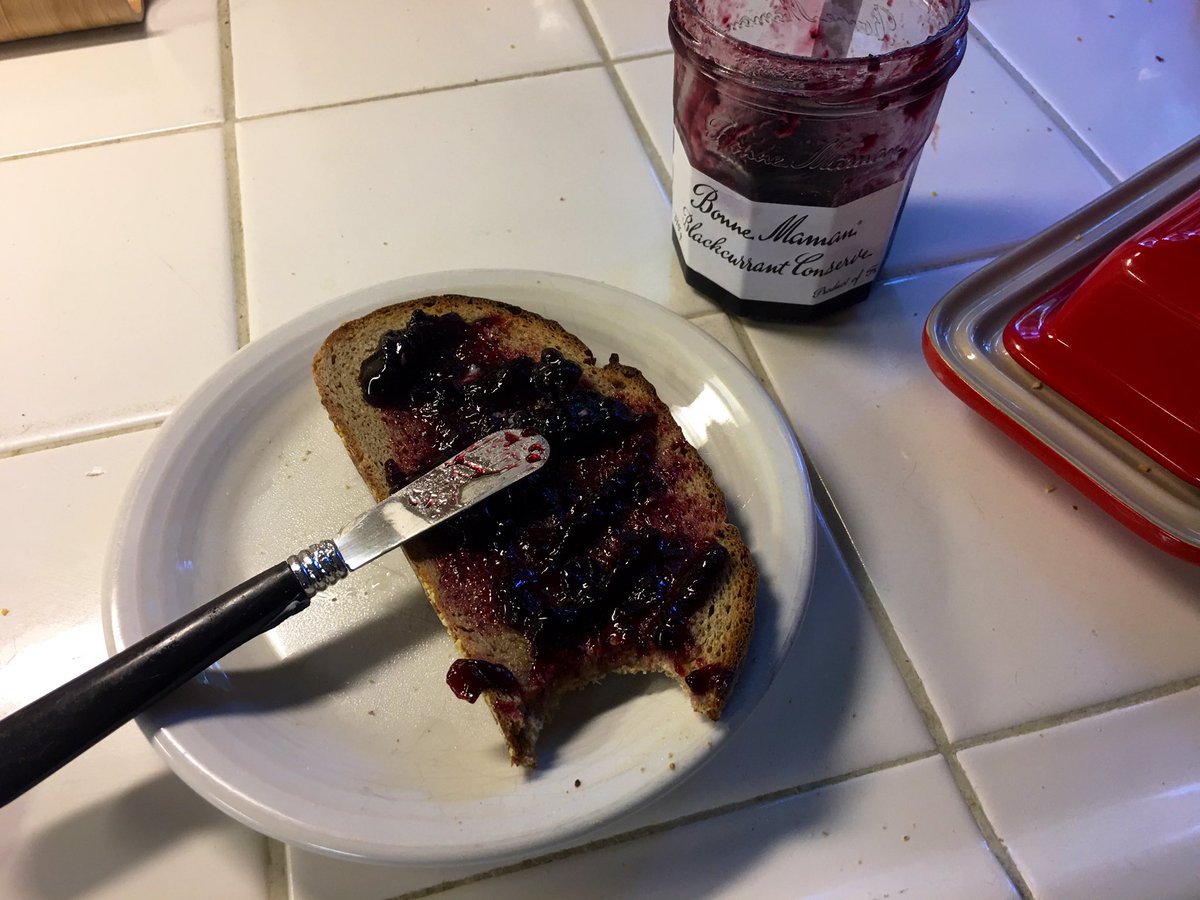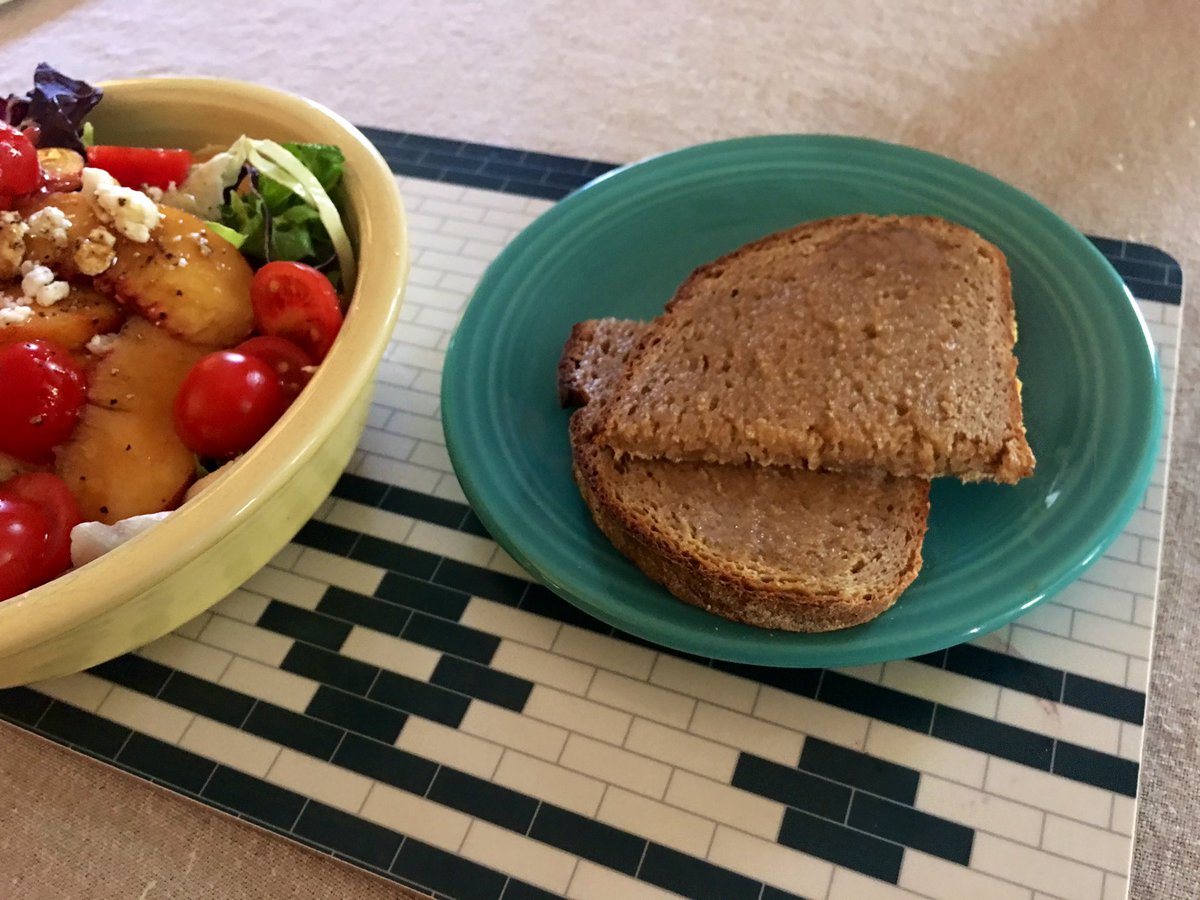
Two weeks ago, with the help of Egyptologist @drserenalove and Microbiologist @rbowman1234, I went to Boston’s MFA and @Harvard’s @peabodymuseum to attempt collecting 4,500 year old yeast from Ancient Egyptian pottery. Today, I baked with some of it... 


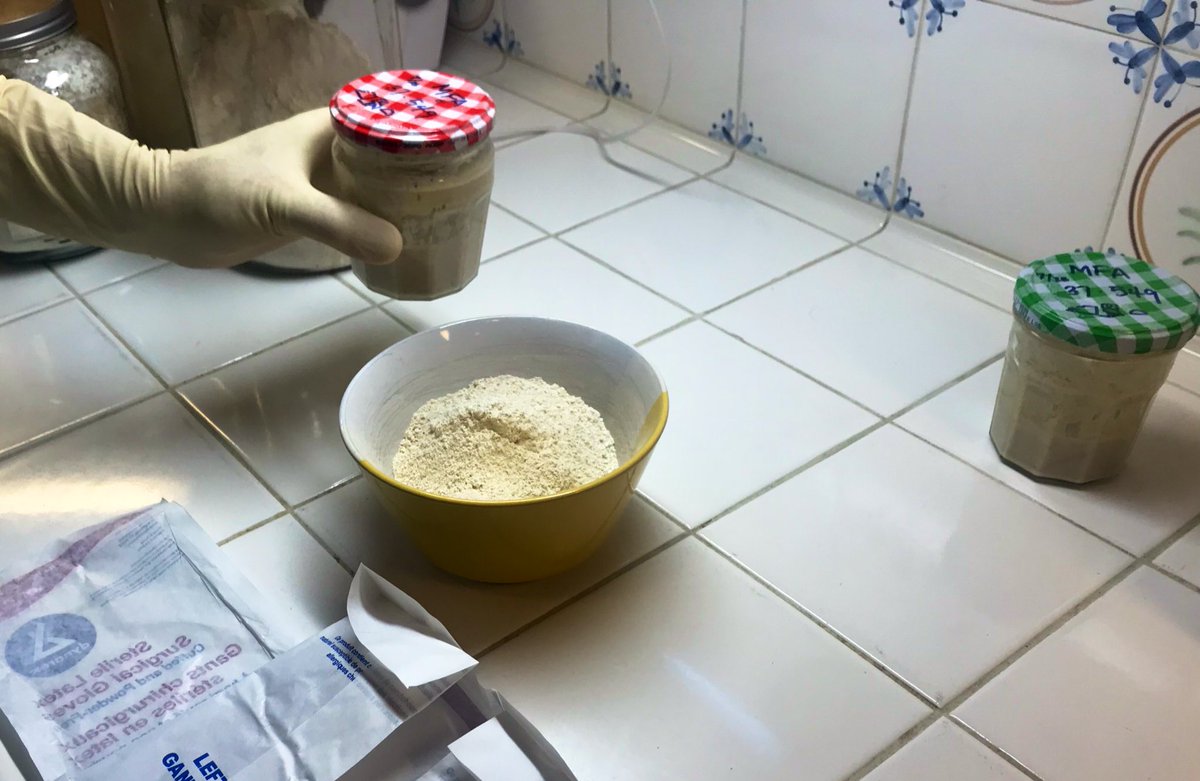


Using a nondestructive process and careful sterile technique, we believe we can actually capture dormant yeasts and bacteria from inside the ceramic pores of ancient pots. We sampled beer- and bread-making objects which had actually been in regular use in the Old Kingdom. 

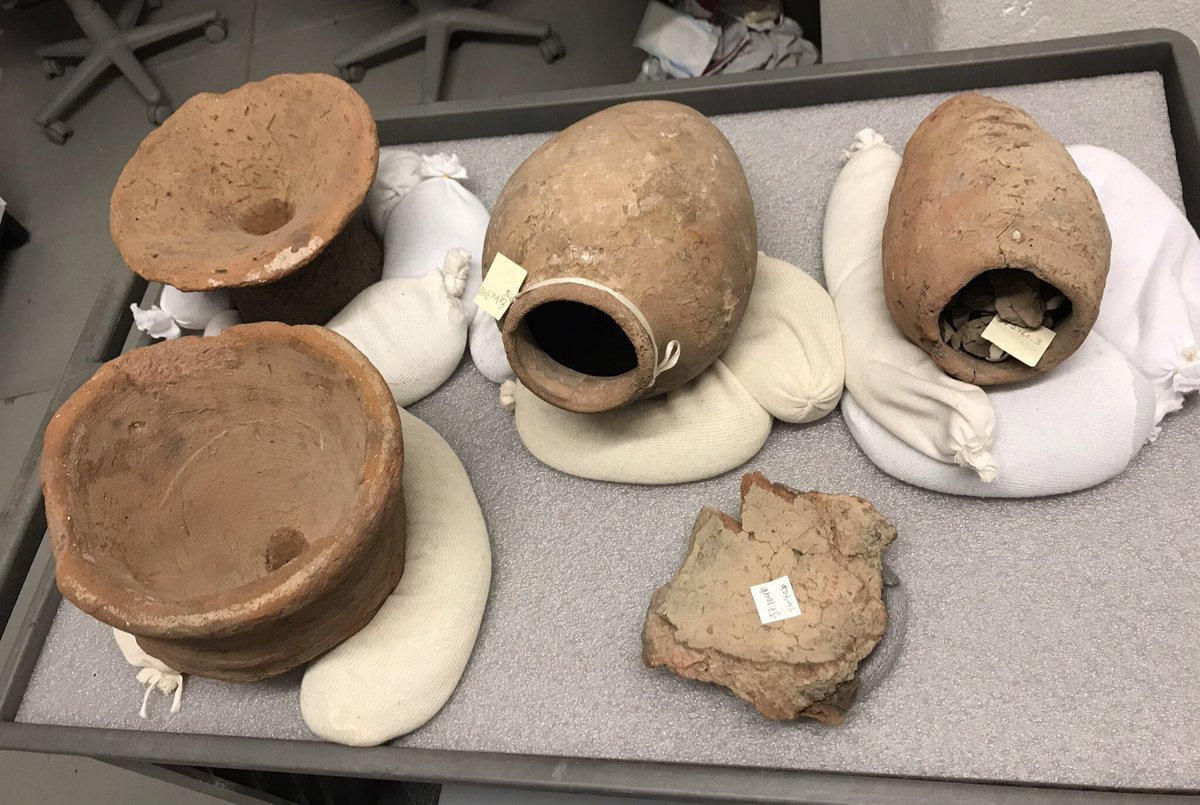
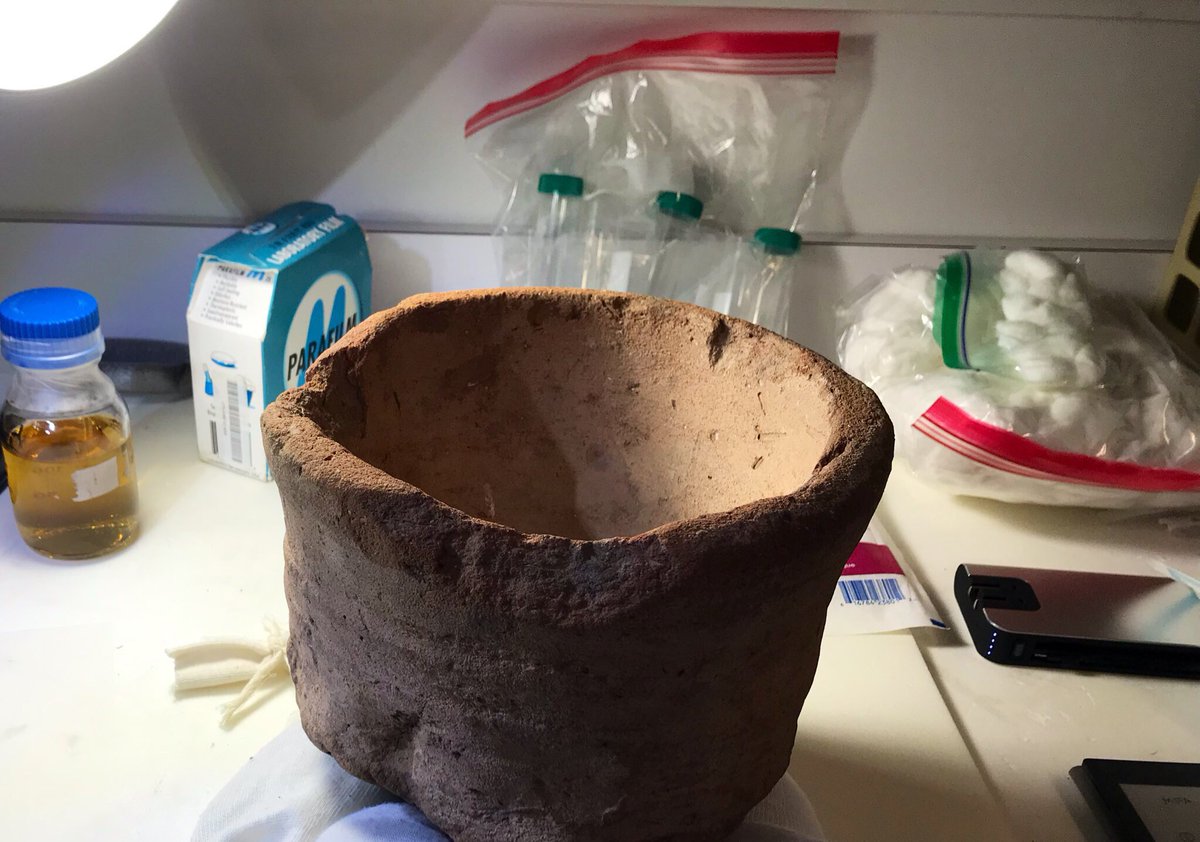
We took many samples and will continue to build our sample library over the next year or so. This is important as we need to learn which microorganisms are old and which are modern contaminants. Samples go to @rbowman1234 for rigorous analysis EXCEPT I was naughty and kept one... 

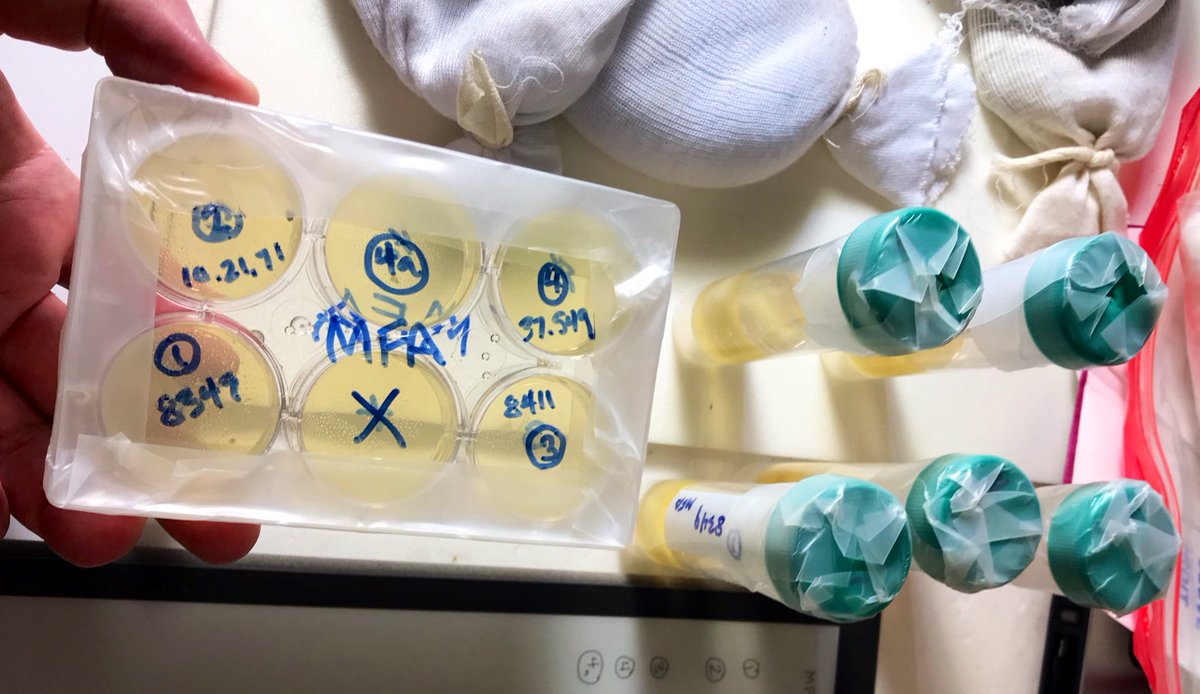

Using careful technique, UV sterilizers, autoclaved tools and containers, and sterilized, freshly milled Barley and Einkorn flour, I awoke and fed the sample organisms. Although this sample surely contains contaminants, it also likely contains actual ancient yeast strains. 







Today, after a week of feeding and careful culling, the sample was bubbly and ready to try baking with. All the grains used here are ancient, organic and milled fresh: barley and Einkorn and Kamut. Modern wheat was invented long after these organisms went to sleep. 

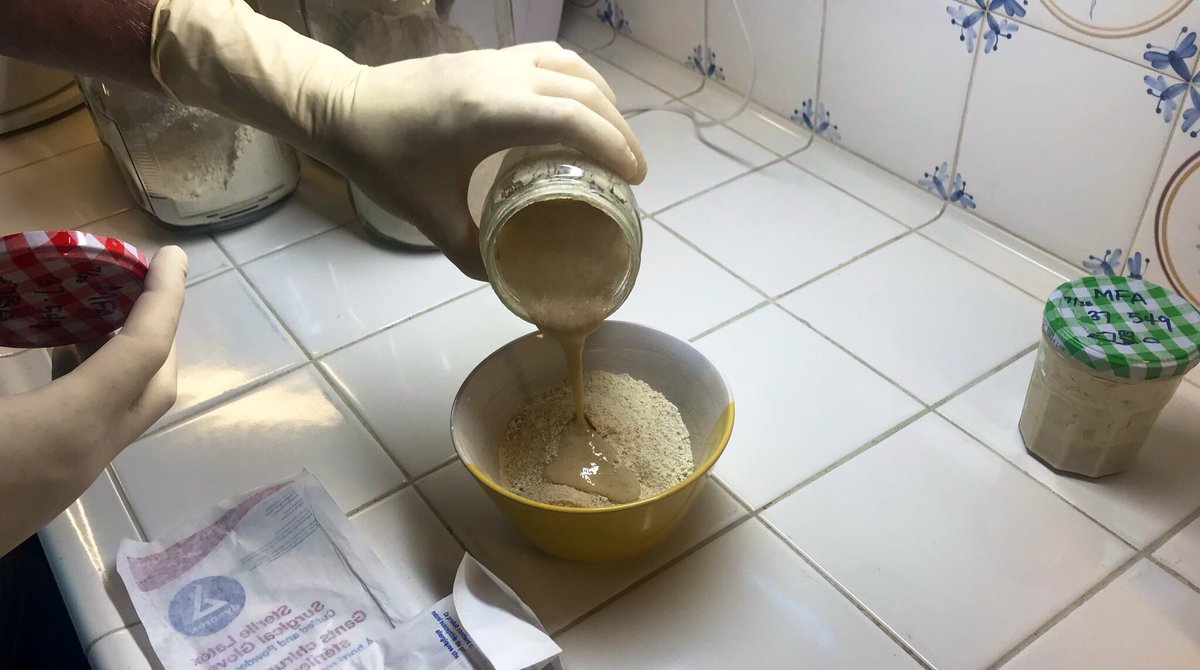
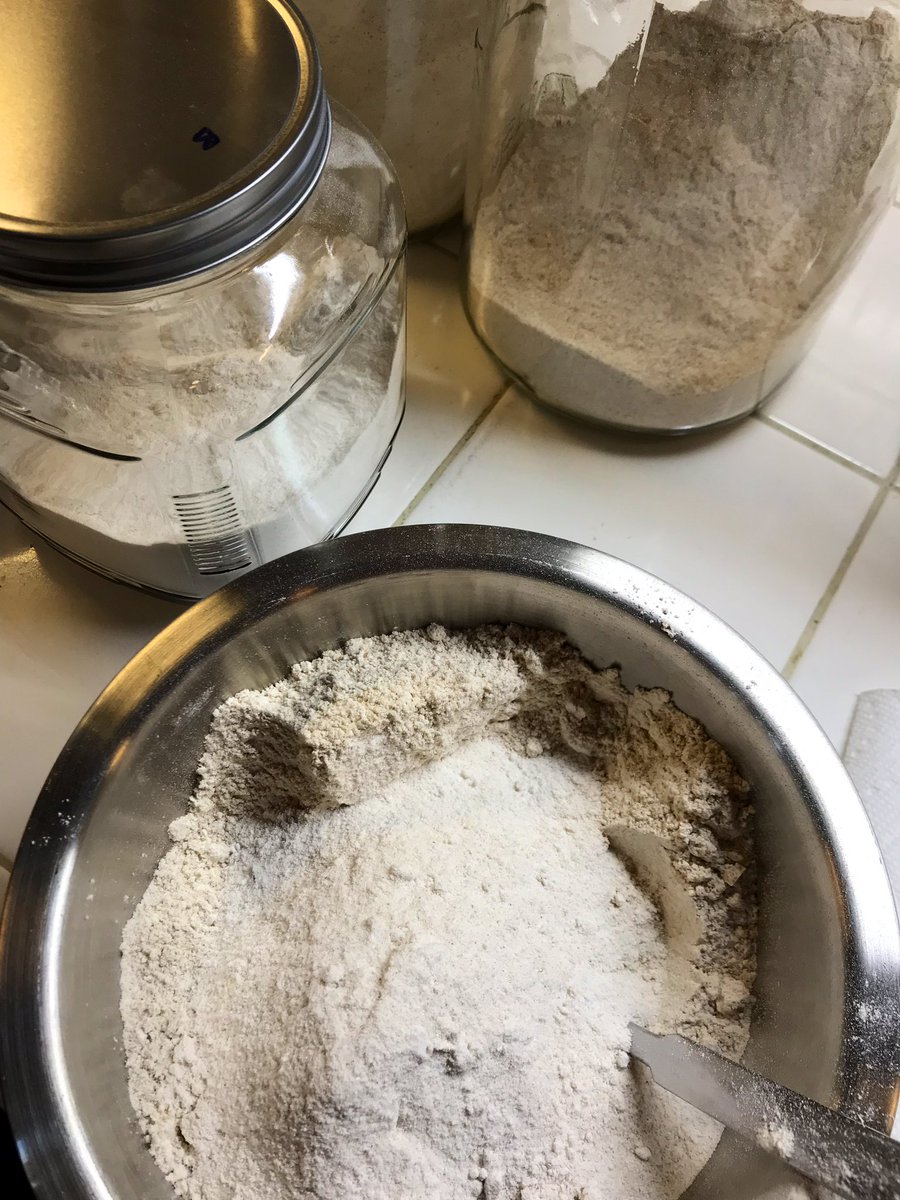
Here is a large batch of starter, carefully made from the Old Kingdom sample, added to water and some unfiltered olive oil. The idea is to make a dough with identical ingredients to what the yeast ate 4,500 years ago. The aroma of this yeast is unlike anything I’ve experienced. 

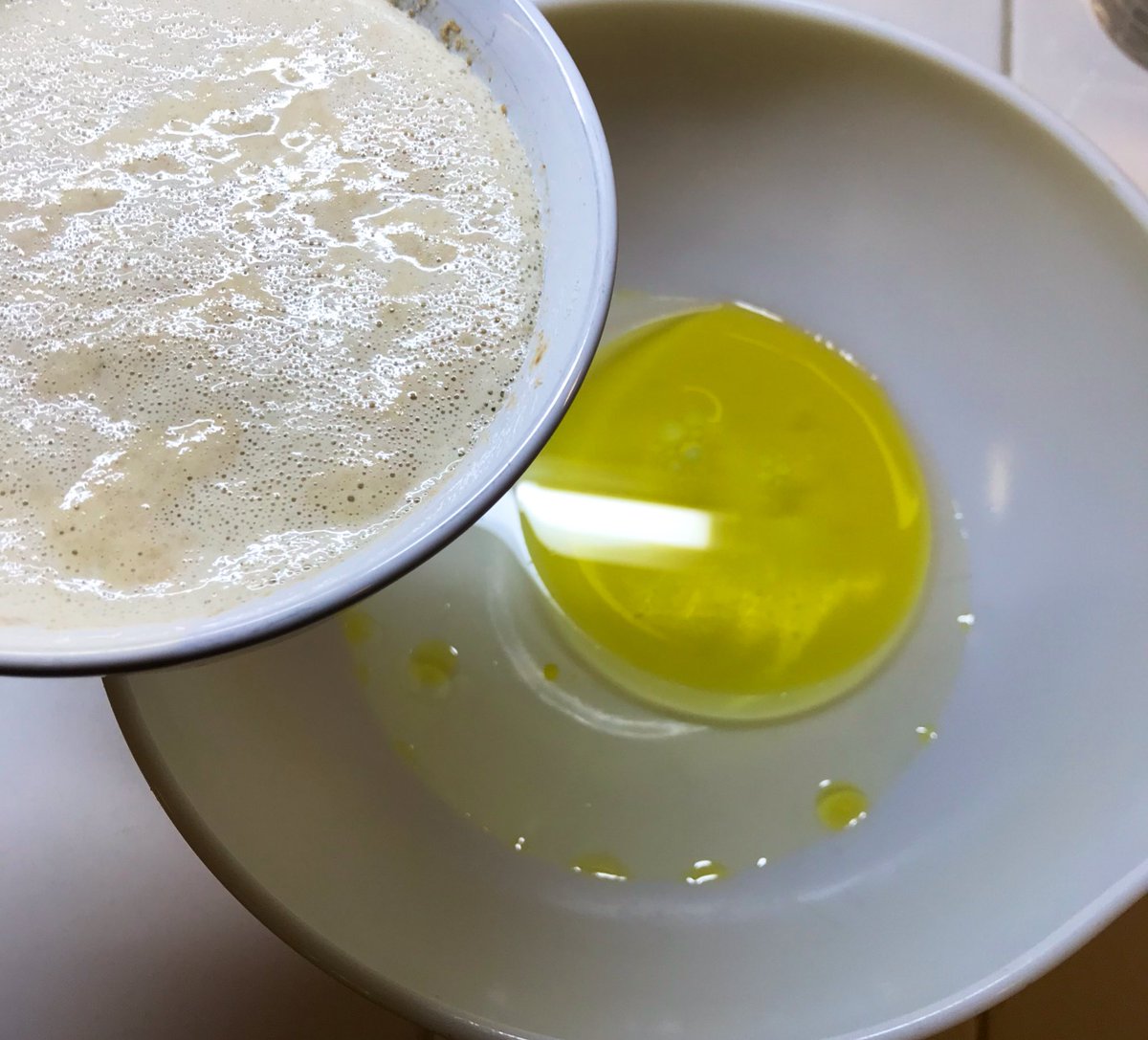
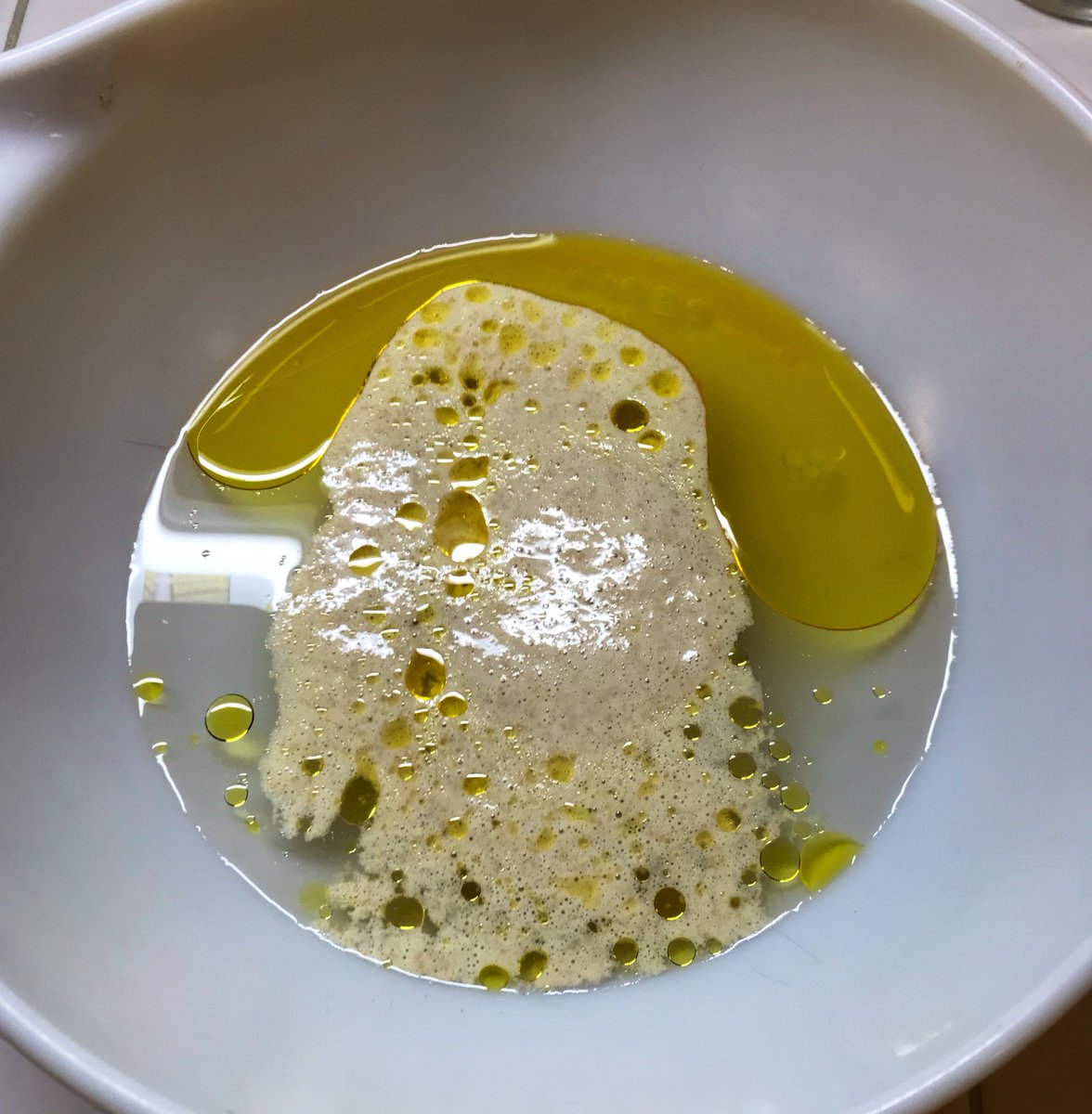
This crazy ancient dough fermented and rose beautifully. Here it is in the basket, just before being turned out to bake. The ancient Egyptians didn’t bake like this- you’ll see- but I need to get a feel for all this so I’m going conventional for now. 
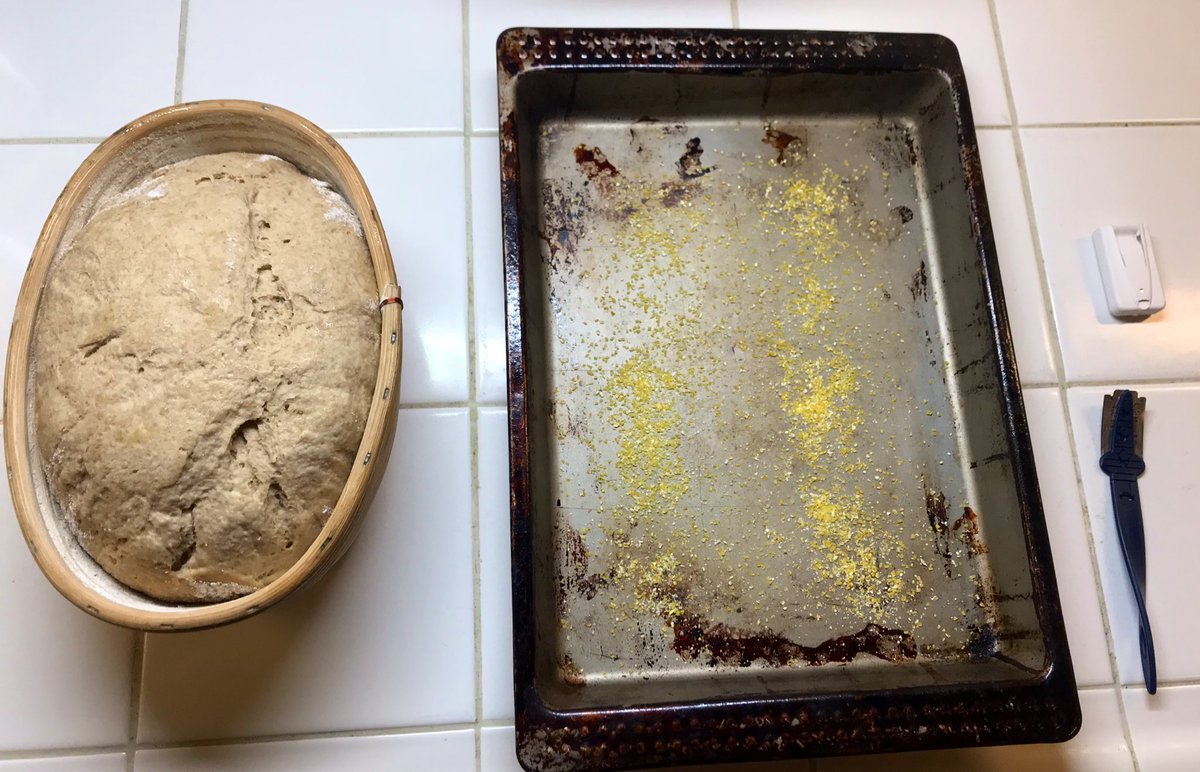
And here is the result. The scoring is the Hieroglyph representing the “T” sound (Gardiner X1) which is a loaf of bread. The aroma is AMAZING and NEW. It’s much sweeter and more rich than the sourdough we are used to. It’s a big difference. After this cools we will taste! 

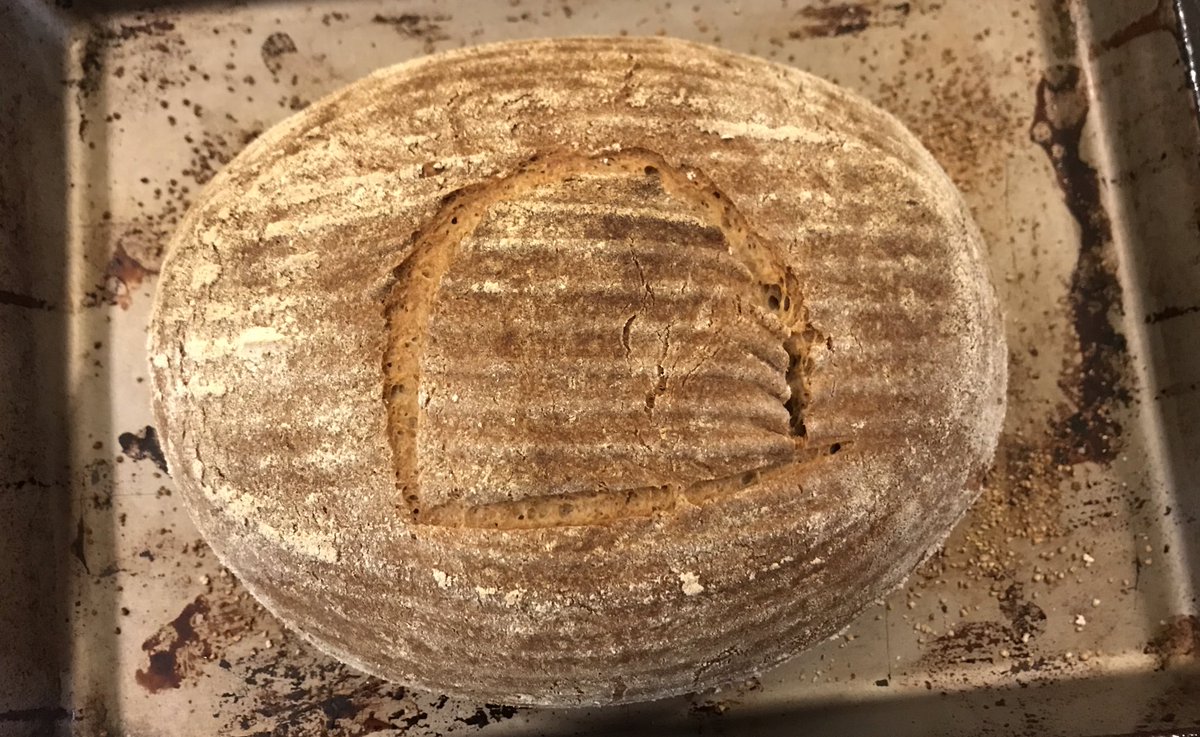

The crumb is light and airy, especially for a 100% ancient grain loaf. The aroma and flavor are incredible. I’m emotional. It’s really different, and you can easily tell even if you’re not a bread nerd. This is incredibly exciting, and I’m so amazed that it worked. 



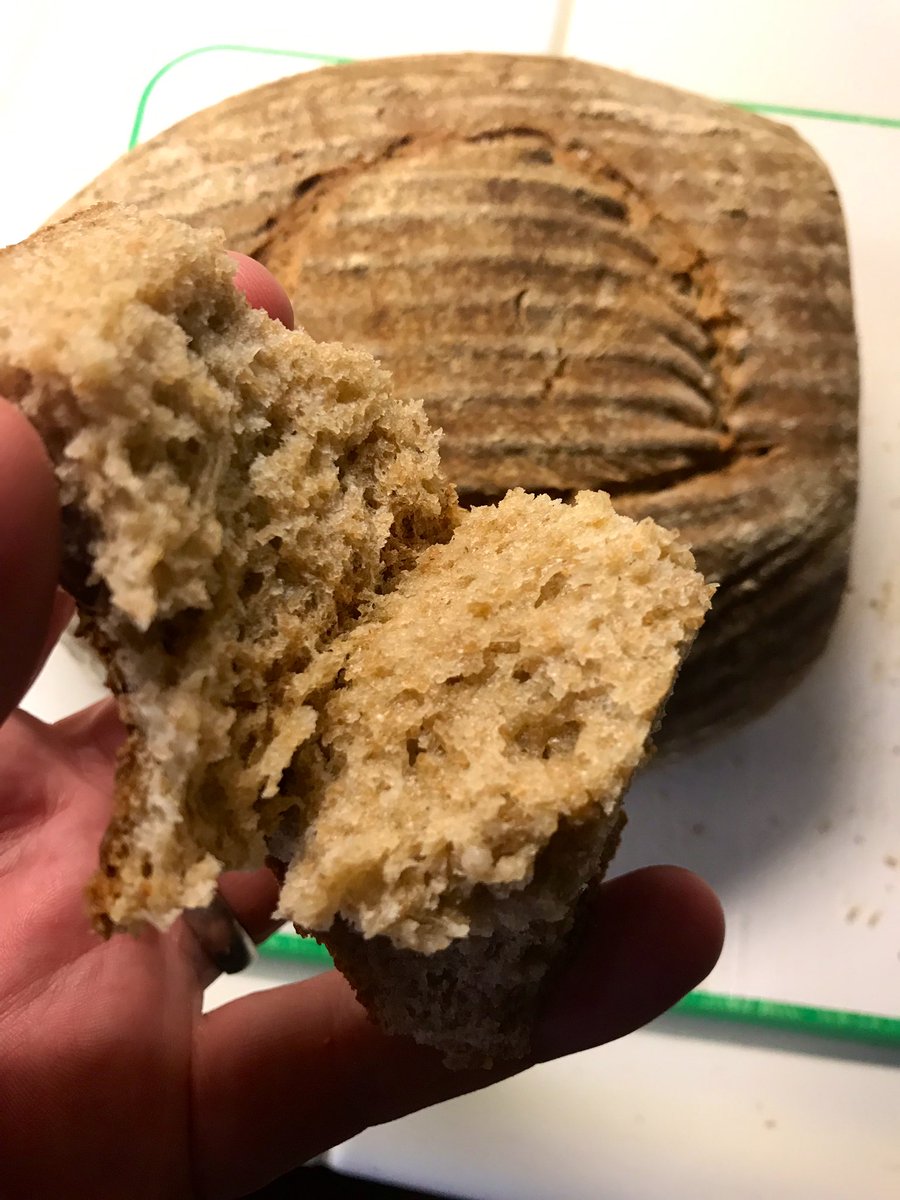
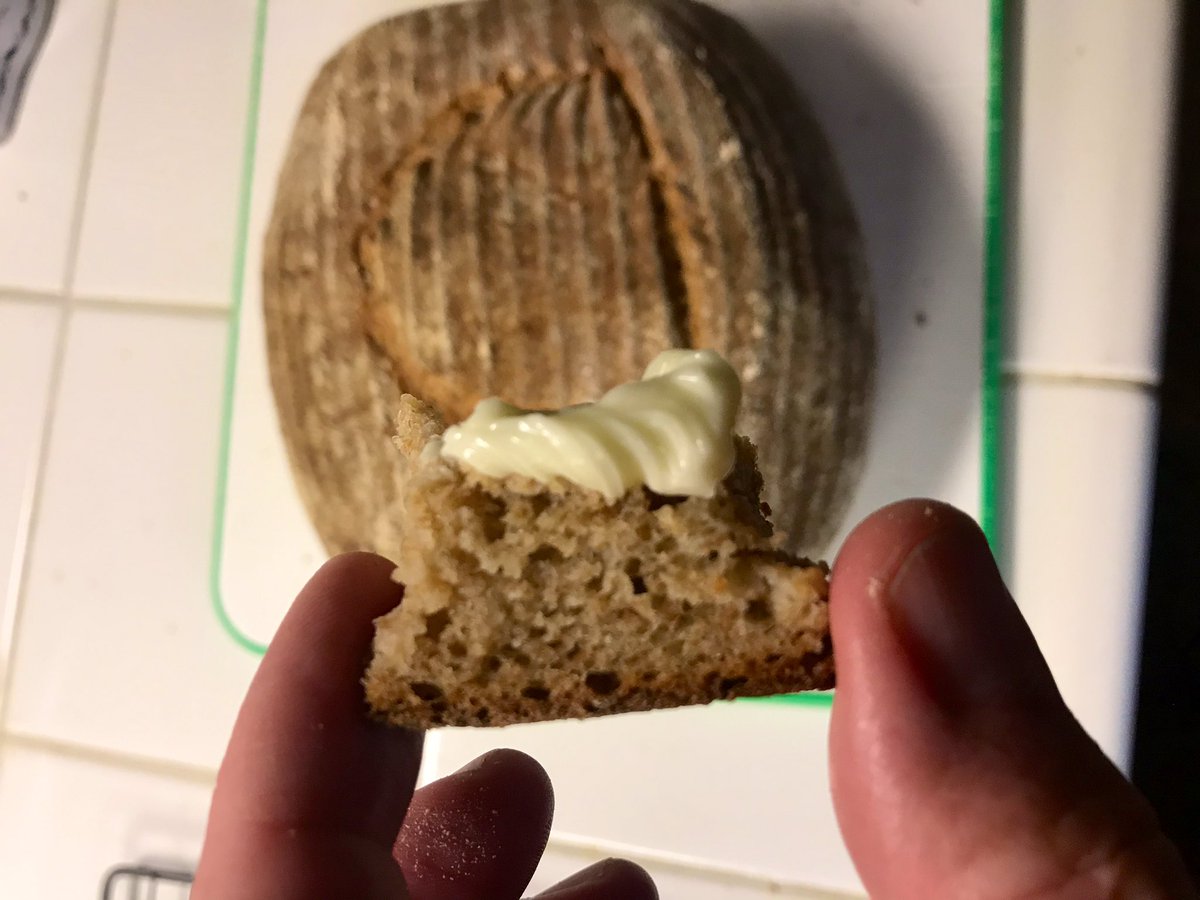
Finally, I need to say again, this was just for practice. @rbowman1234 needs to isolate and characterize the samples before we know for sure this is real. @drserenalove and I need to teach ourselves to actually bake like Egyptians. BUT ITS NOT A BAD START! Good Night! 


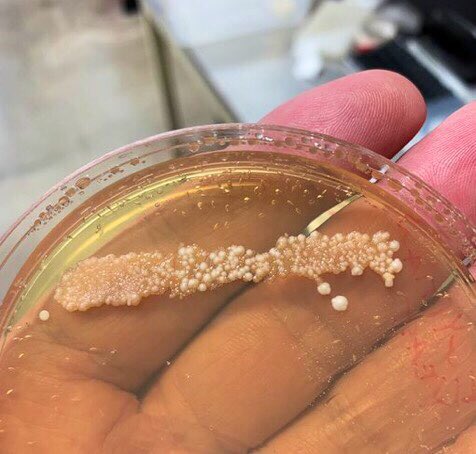

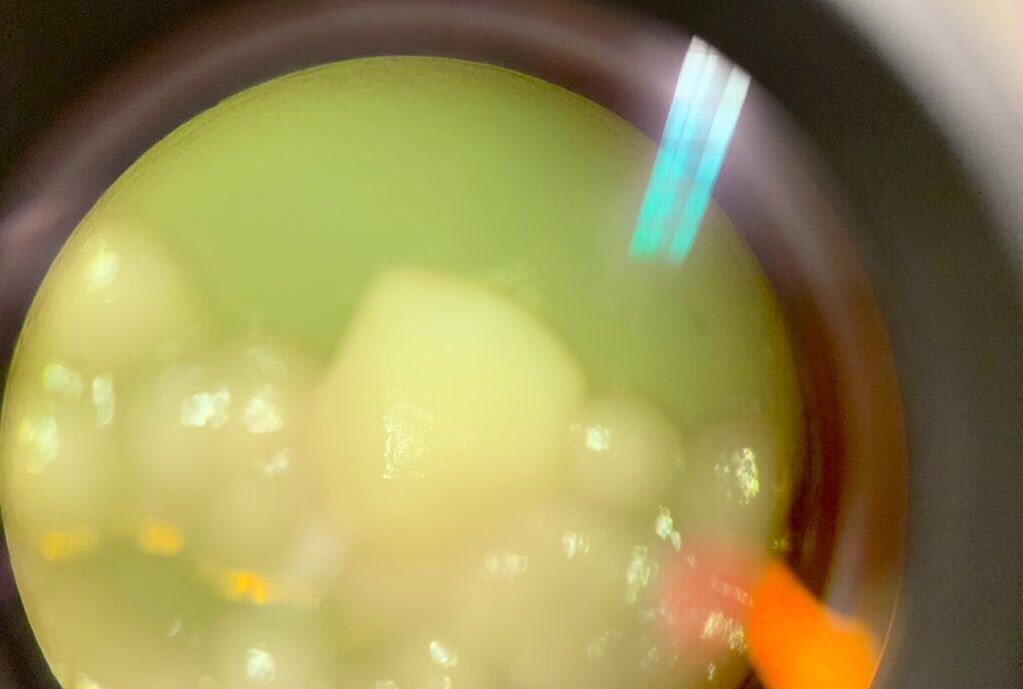
Today I kept practicing with the grain and microbe combination. This will be the last test we show before we head back to the bio lab, and before we start using proper Ancient Egyptian baking techniques. The Hieroglyphs are “Di” and “Ankh” meaning “Given Life.” 

• • •
Missing some Tweet in this thread? You can try to
force a refresh

